A small apartment can be beautiful, cozy and functional, but only if you organize everything properly. Unfortunately, unlike larger apartments, planning small spaces is much more difficult. Striving to get a little extra space and equip our small accommodation with taste, we sometimes forget about important elements that complicate our life and do not allow fully enjoy the interior.
Today we will talk about what owners of studios and tiny apartments should not do.
Mistake #1. Not thought-out storage
Before you start considering options for placing personal belongings, you need to reduce their number, getting rid of the unnecessary stuff. Otherwise, your place will turn into a storeroom, where there will be no space left to live in. Getting rid of items you don't use is probably one of the most difficult, but most important tasks for living comfortably in a small apartment.
Ask yourself: does this item work for you, or is it just lying around because it's a shame to throw it away? If the answer is no, "part with it" without regret. After all, we buy a lot of things in the heat of sale fever, on impulse, and it's a forgivable human weakness. Invite friends over and give away your unclaimed "riches". Something can be sold on the Internet.
Next, it is necessary to competently place the rest on a small area. The main mistake when selecting a closet - a small number of compartments. The more shelves, the more optimally spent space. If the purchase of new furniture is not planned, you can buy beautiful boxes and baskets and put their rarely used things, then remove them to the top shelf of the closet. Vacuum bags that reduce the volume of stacks of clothes will be a real lifesaver.
Don't stack boxes of stuff in the corner of the room. If you have a traditional bed, use the space underneath it and a bedspread will help hide it from view. If you are just about to buy a bed, choose a model with built-in drawers: they can store not only linens but also clothes and even books. Take a closer look at bunk designs: you can fit a whole closet under the bed.
The surface of the drawer is often forced by small objects, and meanwhile, it is much more appropriate to use its inner space by hanging small shelves on the door. There are also special designs for doorframes: they can be installed in the nursery or bathroom. It is a mistake to store kitchen utensils in small hinged cabinets that do not reach the ceiling. Imagine how much useful space you are losing! Choose tall cabinets so they do not look bulky, stop at laconic facades.
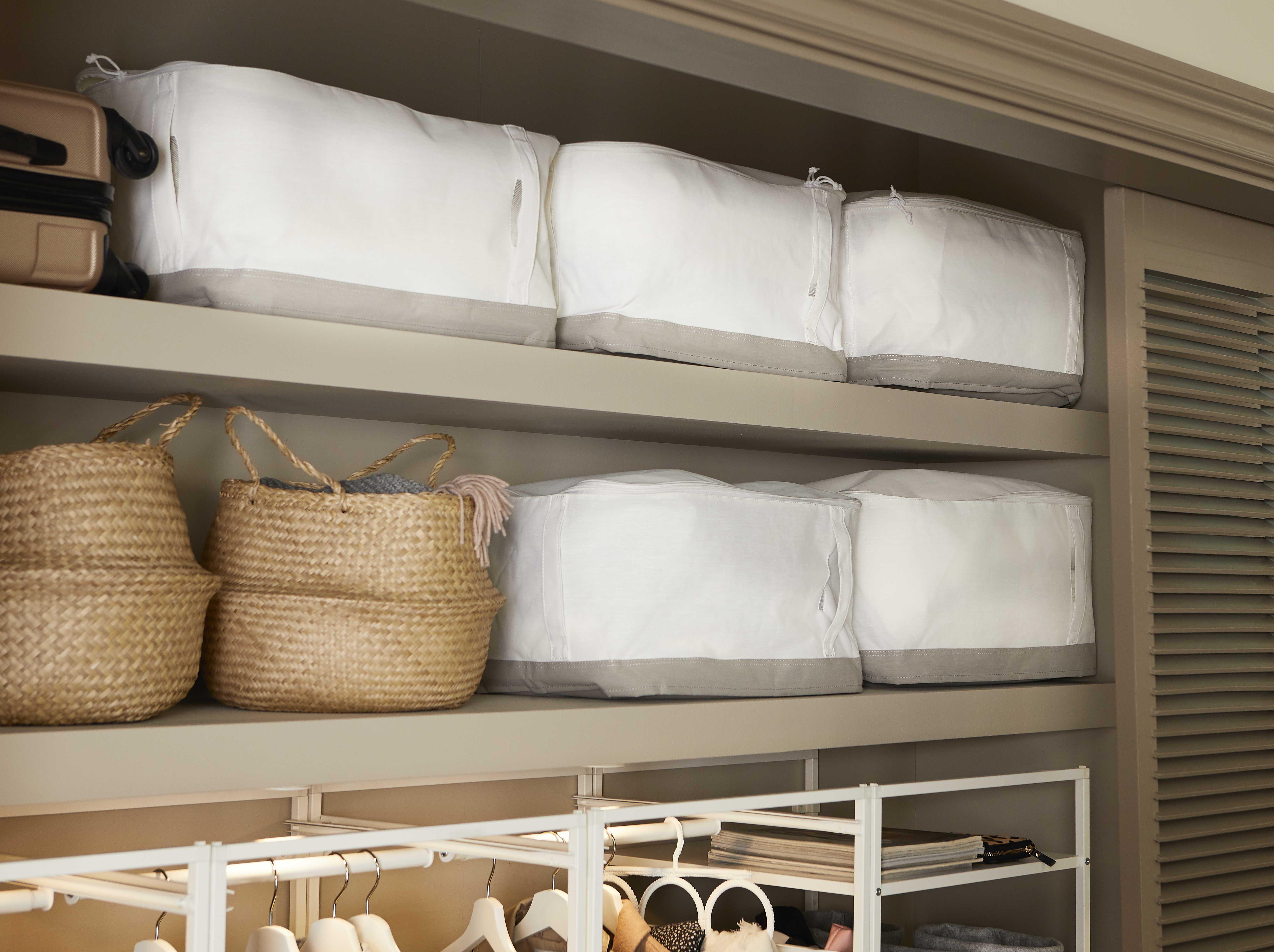
Mistake #2. Buying the "wrong" furniture
In continuation of the previous topic about cabinets and shelves - you have already, obviously, realized that the size and configuration of furniture in a small apartment matter. First of all - do not be afraid of large items, no matter how strange it may sound. When choosing, look not at the size, but at the proportions. A long tall shelving unit will fit much better into the interior of a small room. It will allow you to store all things in their places and maintain order, and therefore, visually make the space larger. On the contrary, buying miniature table tops and drawers only aggravates the situation.
The same applies to upholstered furniture. A large sofa in a small living room will only make the room cozier and draw attention away from the modest dimensions of the room. If there are too many bulky things the apartment will seem even smaller.
Multifunctionality - one of the main principles for small-sized rooms. Your furniture should fully meet this main requirement. A working table can temporarily turn into a dining table, a sofa should be easily foldable - so the sleeping place turns into a zone of rest and reception of guests. Thanks to such "innovations" you can radically change the functionality of the room, turning it into a cozy bedroom, a dance hall, or a study. It is important to try to remove all unnecessary things as much as possible and optimize the remaining pieces of furniture by combining several of their functions.
Usually, we plan the furnishings in the spirit of "I need a table, a couple of chairs, a sofa, and a closet". This is a fundamentally wrong and even dangerous approach in the case of small apartments: force all the space, and it will turn out uncomfortable and uncomfortable. Say "no" to lists of furniture. Plan not the number of items, but their functions: whether guests are expected, whether it is necessary to make a home office zone (or you quietly work on a laptop, sitting on the sofa).
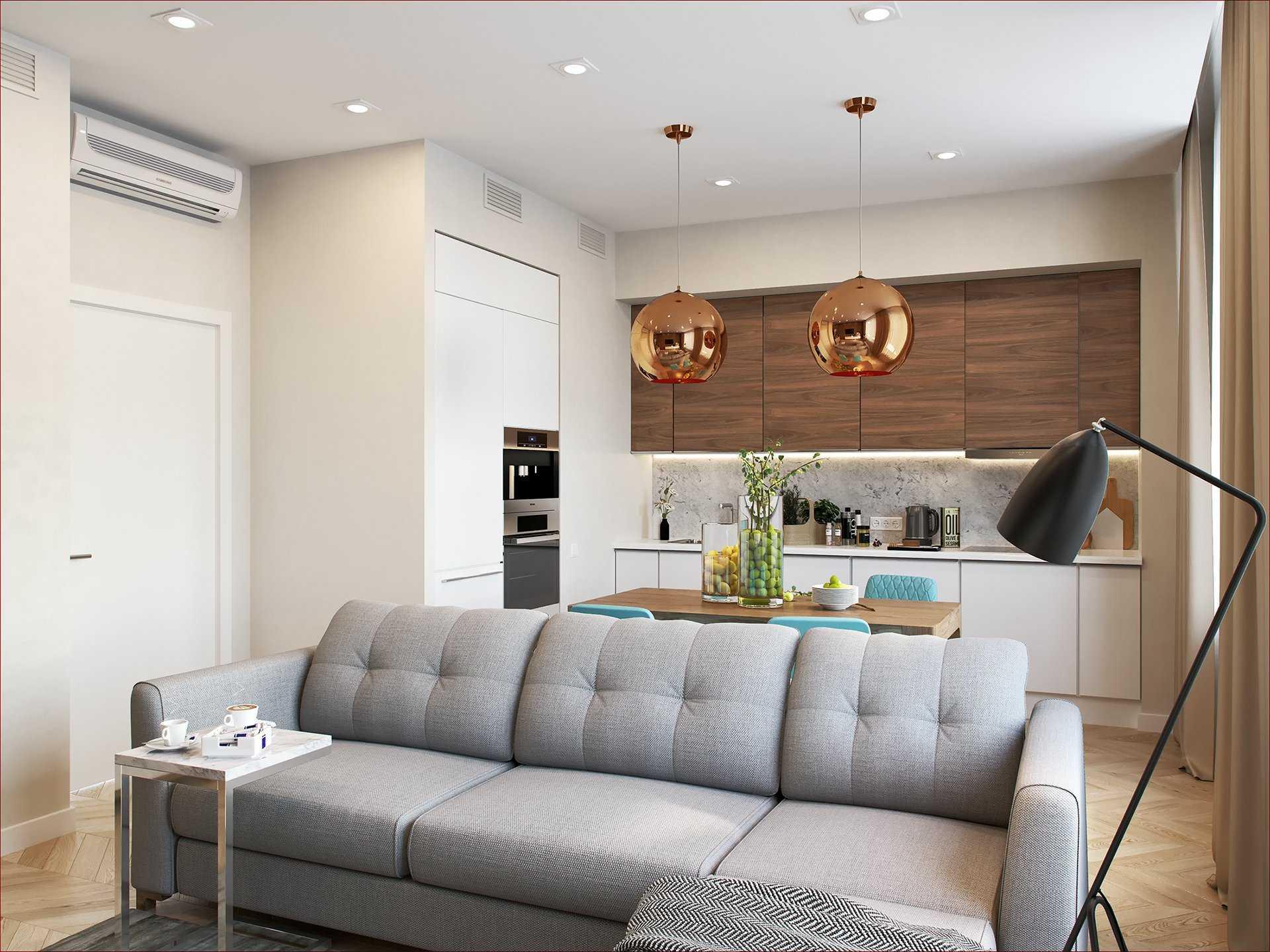
Mistake #3. Incorrect zoning
A small apartment does not tolerate splitting into even smaller rooms. Bulky screens, dividing shelves, blind doors - this is not for you. Use the space intelligently, and expand it visually! Ideal options will be the decoration of the apartment in one style, as well as the placement of glass partitions. You can use different floor coverings, for example, highlighting the dining area with tiles.
Work out different lighting scenarios. There should always be a central overhead light: it visually unites several neighboring rooms. Local lighting includes hanging, built-in sconces and floor lamps, which are "responsible" for a separate area of the room and accentuate it: it can be a working area of the kitchen, dining table, or cozy chair. Remember the general rule: the darker the room, the smaller it seems. Ideally, it is better not to buy small apartments with windows facing north.
It's no secret that mirrors perfectly visually increase the room. But this does not mean that they should be installed everywhere and everywhere. For example, a mirror on the corner can create a sense of aperture, as if continuing the room. A good solution would be to allocate a mirrored wall in a small hallway. Finally, a built-in mirrored cabinet in the living room will also allow you to achieve the goal.
To make two functional zones in one room perceived as different spaces, furniture, and decorative elements should be chosen for each function. Even a perfectly thought-out finish will not work for zoning if the whole apartment is forced with the same type of ensembles. Furniture and decor should be different in a small hallway, bedroom, living room and other areas.
The living room can not resemble an office, so the distance for the passage between the zones and furniture should be at least 70-80 cm. Take into account the presence of closets with swinging doors: if they are, the space should be increased.
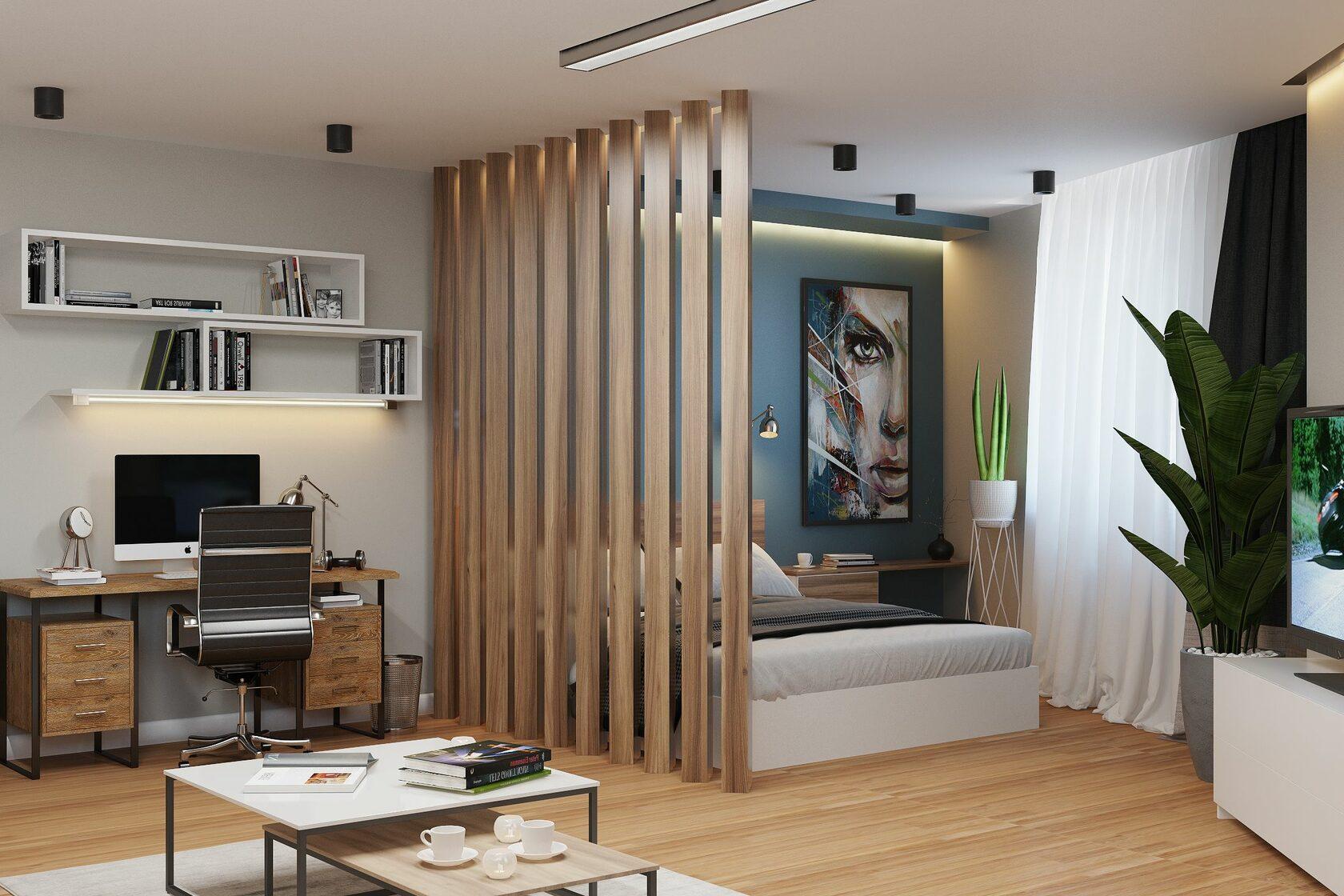
Mistake #4. Do not use the height
Arranging furniture along the perimeter, we forget that our room also has a height. Try to go "vertical": for example, buy a bed that has a desk at the bottom. And in studios with high ceilings, which are now many, in general, there is an opportunity to build a whole improvised second floor, on which you can arrange a place to sleep or work - so you get almost a separate room. To store rarely used things on the second tier you can build a mezzanine.
One of the methods of useful use of height is the use of various podiums with steps. On this principle, you can say, arrange a children's corner, placing under the bunk bed a desk, a closet or a platform for games. Be sure to calculate the height in advance, so that the bed was comfortable to at least sit. A more economical option - is a low podium, on which a separate zone is located. Here you can lay a carpet, put a sofa and a table, lay out chairs-bags, creating an improvised "room" of rest in the corner of the apartment.
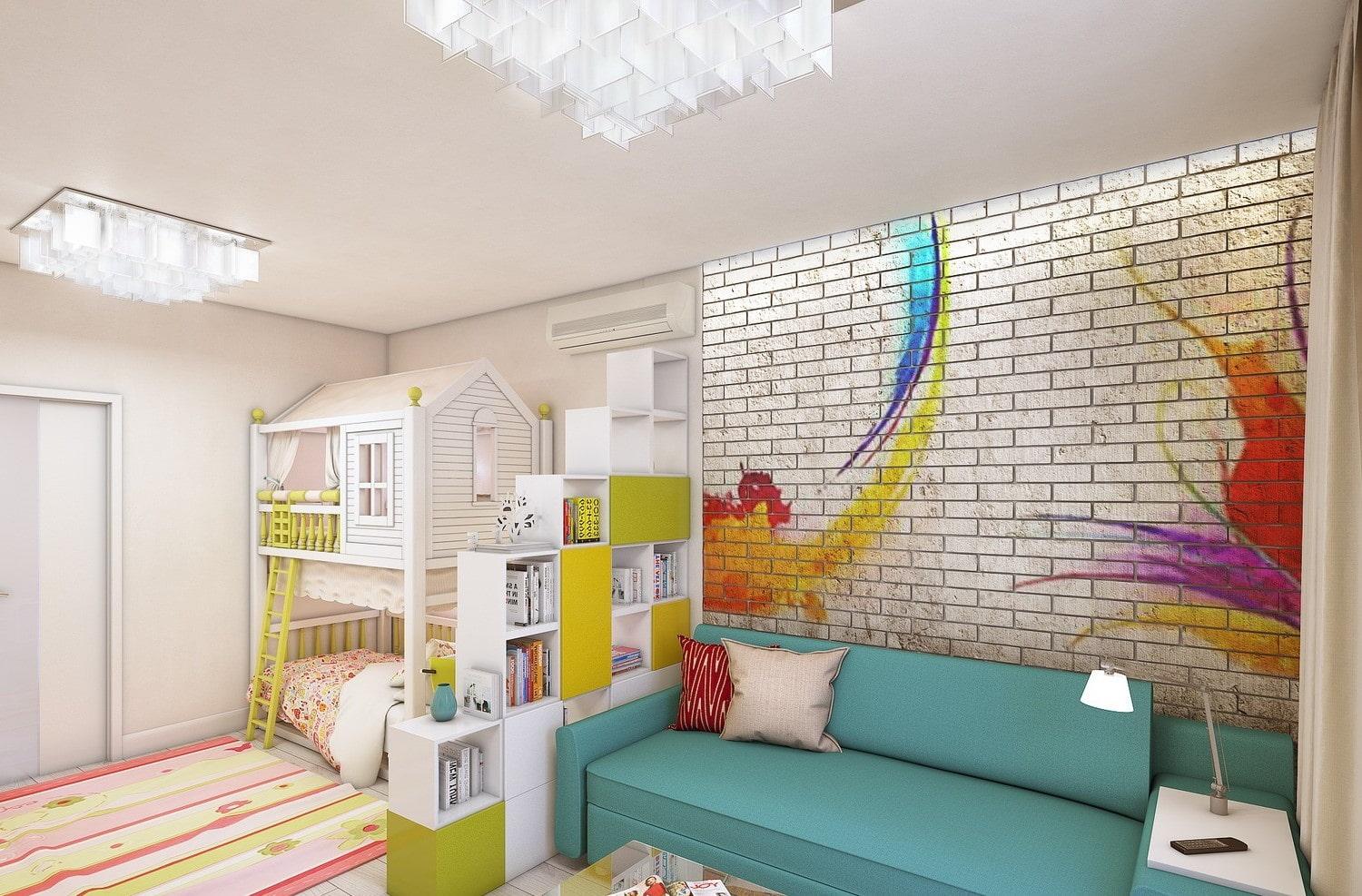
Mistake #5. Something wrong with color and decor
Let's not be sly - small apartments are limited in the choice of color for decor. The wrong decision can create a pressurizing atmosphere. Dark thick colors combined with luxurious furniture will be overkill. In small rooms, the walls, floor, and ceiling should be the background - neutral, calm and harmonious. It is better to stop on milk, light beige, soft turquoise or gray options. Pastel walls can be shaded with decor in the same color, but of a more saturated shade. You will get a boring monochrome design.
Whether the room will look more spacious depends largely on the choice of floor color. A dark shade of flooring in a small apartment can be used only in combination with light walls, ceiling and furniture, otherwise the room will look even smaller. It is more appropriate to choose light-colored floors: they reflect light and disperse it, which visually increases the space.
Furniture in the color of the walls - this is an excellent technique that will help "dissolve" in the space of bulky objects. For example, the fronts of built-in cabinets can be painted in the same colors as the adjacent walls. In the case of a sofa, it is enough to pick up a similar shade of upholstery, and it will already look like an inconspicuous part of the interior.
If you are not sure that you can harmoniously match the colors, use the rule that adheres to designers: use in the interior no more than three. In this case, the main color should occupy about 60% of the total space - as a rule, it is used in the design of walls and ceiling. But within one color you can practically not limit yourself and use several different shades in the interior.
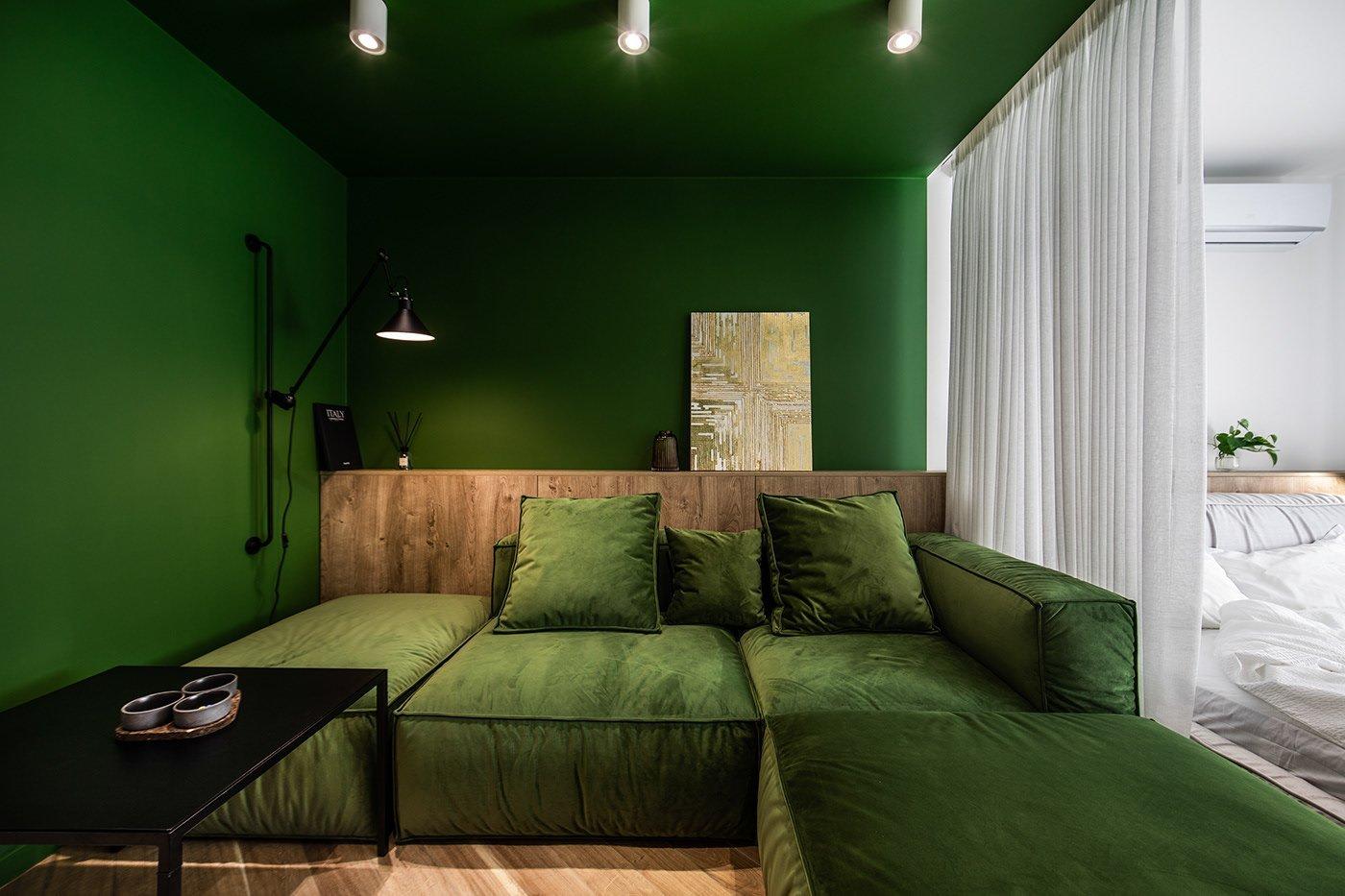
Read also:

